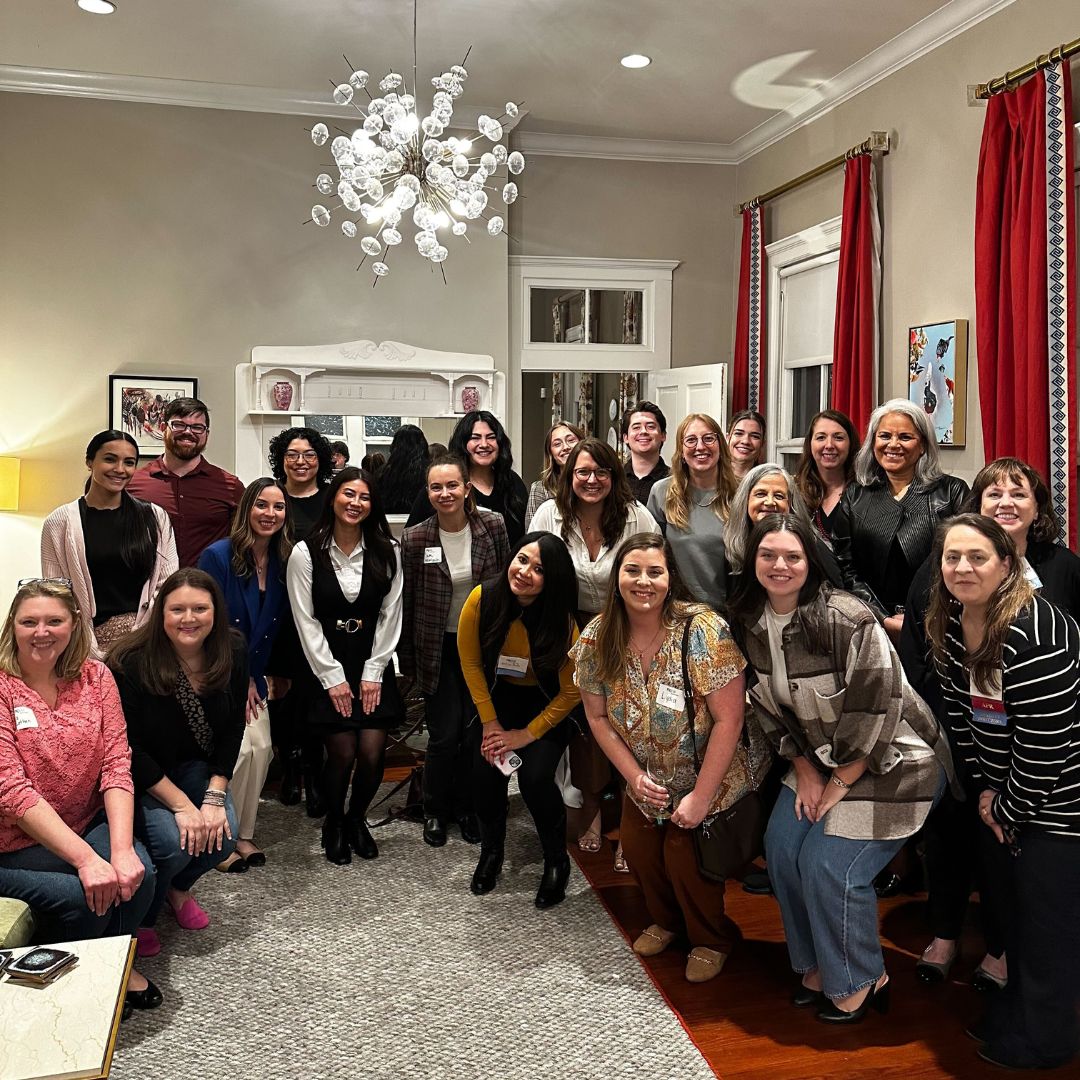
In March, we held our PRocktails event at Red Fan Communications, where April Barthold, Director of Brand, Content, and Customer Marketing at ESO, and Emma Chase, Supervisor of Client Services at Red Fan, held an insightful discussion on branding.

Check out April's top six expert tips for building your brand, which can help you establish a strong brand presence that effectively engages your audience and drives meaningful business outcomes. April’s perspective centers around B2B brand building – specifically for fast-growth software companies – and builds upon her experience at an Austin-based branding agency.
- A brand is more than just the way you look: This is one of the most common misconceptions in branding. Your brand is not just your logo, your typeface, and your color palette. It’s what you say (your messaging), how you say it (your tone, personality, values), where you deliver it (your omnichannel strategies), and how it looks. Build your strategy to include and connect all of these areas.
- It’s all about consistency: The traditional advertising lore says it takes an average of seven interactions with your brand for someone to remember you. But today, if you take into account the full digital customer journey, new buying behaviors, and even more distractions in the market, you might not get seven chances. Whether it’s two or twenty touchpoints with a person, you HAVE to be consistent so they understand who you are and what you stand for. Consider every channel an opportunity for your brand, and make sure you reinforce the value consistently to resonate with your target audience and encourage recall of your offering later.
- Connect your brand to your customer (and non-customer!) journey: Every single action and interaction with someone (whether it’s a future customer, current customer, or complete stranger) is a reflection of your brand. Consider the entire journey and how you’re delivering consistent, quality messaging across all touch points to build loyalty and trust. Brand is not just top-of-funnel activities – it exists in your customer service and support, how you treat your evangelists, and even the experience with a customer should they decide to end their relationship with your brand.
- Measure to reinforce impact (and consider a brand score): Measuring and proving the ROI of your brand can be challenging, especially when trying to make the case for your top-funnel tactics to your C-Suite and executive stakeholders. Here’s the thing: Every metric is a brand metric – from volume of media hits to your customer Net Promoter Scores. Consider building a brand score that tracks various metrics to paint a brand picture – including web traffic, social growth, and your traditional PR metrics (share of voice, media hits, backlinks, etc.). When you can, include and highlight metrics that directly correlate with bottom-line impact, like revenue growth over time, customer retention, and product adoption. One quick tactic to consider is asking the age-old "How did you hear about us" question when a lead is generated, and make sure you're including traditional brand tactics as an option (“My local news station,” “An article in an industry publication,” “social media,” etc.)
- Pick partners intentionally: Agency partners can be absolutely essential to bringing your brand to life – especially if you’re on a small, scrappy in-house team. When selecting an agency partner or contractor, look for those who demonstrate curiosity, adaptability, and eventually a balance of best practices from their myriad experience with a true understanding of your brand's unique needs. Look for partners who can seamlessly integrate with your team and contribute to your brand's growth.
- In B2B branding, remember you’re still talking to humans: Above all else, ensure your communication – whether it's with customers or the market at large – is authentic and human in its tone. Speak empathetically and address the needs and aspirations of your audience – after all, even if you’re target audience is making a business purchase, they’re still just a person trying to solve a problem for themselves, their teams, or their organizations. Speak to them as such.
Thank you, April and Red Fan Communications, for your hospitality and sharing your expertise!